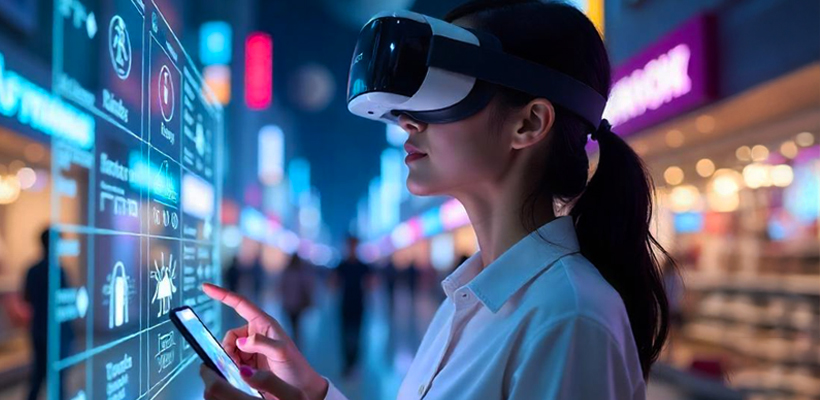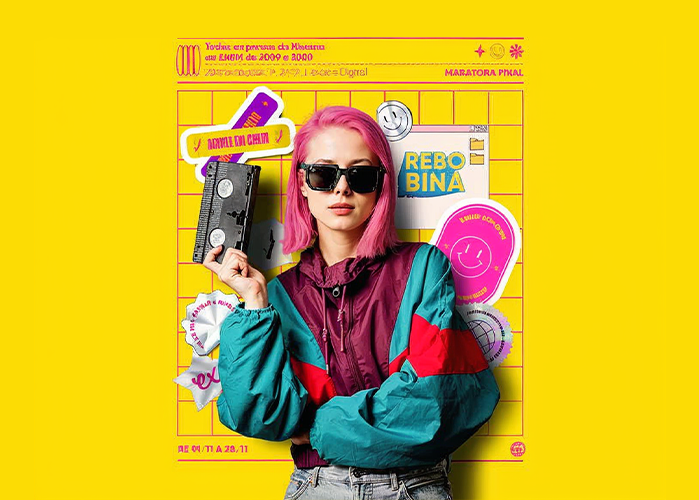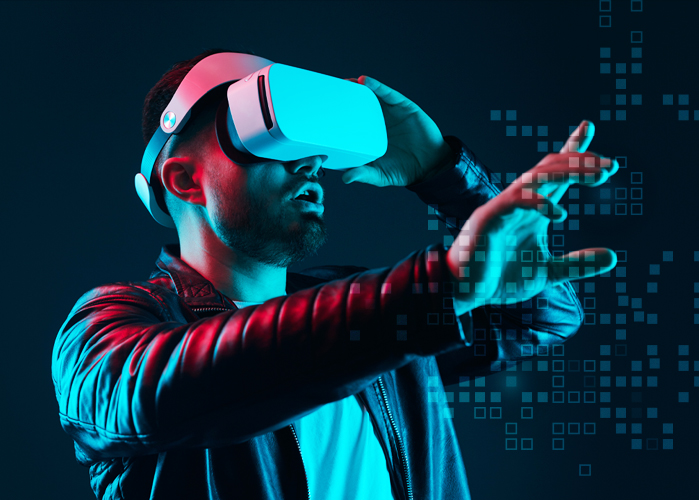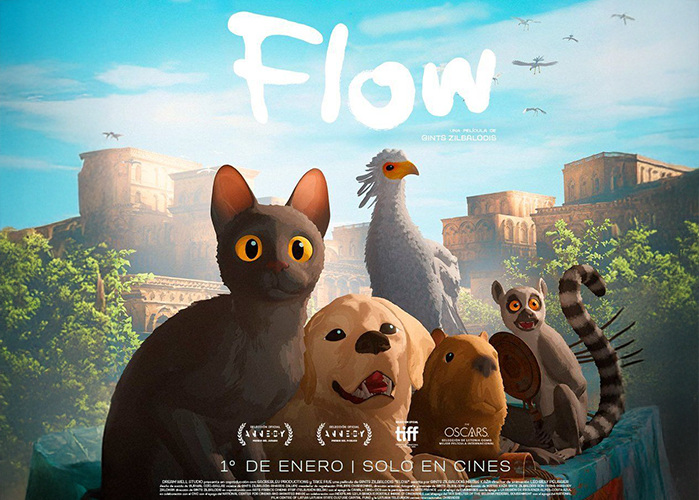I
magine touching a gadget you had your eyes on and trying out its features without even visiting the store. Or imagine taking a tour of a property that you wanted to buy without actually visiting it. That’s what virtual reality is.
Virtual Reality Marketing is a marketing approach utilizing advanced VR technology to create a partially or fully immersive experience for your potential customers, thereby improving the conversion rate. It provides an experience no other marketing tool can.
Most brands have already adopted 3D advertising, but surprisingly, VR marketing hasn’t seen a mass adoption yet. If you think 3D advertising provides an immersive experience, imagine what it would be to experience something 10 times more immersive. VR lets your customers experience the product in an immersive virtual environment, giving them a close-to-real-world experience. This way, the customers are more confident in their buying decisions, resulting in an improved conversion rate.











Leave a comment